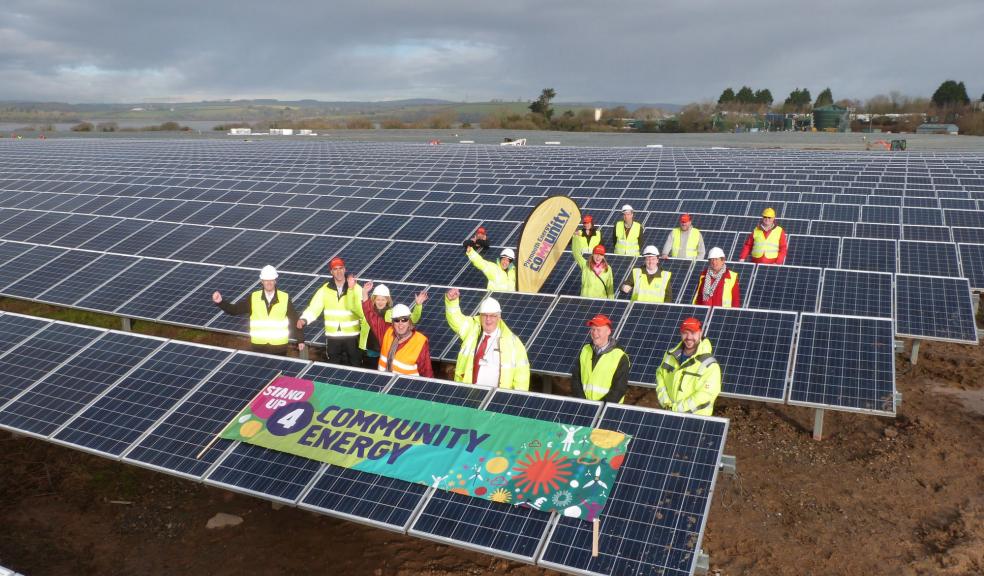
Cornwall and Devon vie for top place on solar in new league table
A new renewable energy league table reveals which counties have the most solar panels installed across England and Wales. The South West comes out top, with Cornwall taking first place and Devon hot on its heels.
The renewables industry is an important source of jobs, with more than 10,000 in the South West, including 2,800 in the solar sector. There are 120,000 people employed in the industry across England and Wales.
The league table is published just after Plymouth’s largest solar array went online. Constructed on a former landfill site in Ernesettle, energy generated from the 4.1MW solar array will be sold to the grid, and surplus income will be used to fund the activities of Plymouth Energy Community and the Four Greens Community Trust.
Proposals for a 2MW solar array on a site in Delabole, home to the first commercial wind farm in the UK, have also recently been approved. It will generate enough electricity to power approximately 490 homes.
These technologies are becoming mainstream, generating a quarter of the UK’s power in 2015.[5] And renewable energy is popular with people in the UK according to official government statistics which show 78% of the public support the use of renewables, with only 4% against.
The think tank Green Alliance, which produced the league table, has just launched an interactive website, the Renewable Energy Locator, allowing people in England and Wales to explore how different types of renewable energy are doing in their local area compared to others.
Cornwall’s success was welcomed by Steven Ford, Cornwall Council Future Economy Programme Lead, who said: “It is great to see Cornwall performing so strongly on a national level. While we are pleased that Cornwall has been recognised for its uptake of solar, we recognise that locally and nationally a lot remains to be done to decarbonise our energy sources. Here in Cornwall, we are also very focussed on localising the benefits of renewable energy wherever possible. We are confident that local residents will soon start to see differences in electricity prices and have the chance to take ownership of these clean sources of generation.”
Kevin Smith, communications director at community energy group the Wadebridge Renewable Energy Network (WREN), said: “WREN developed a solar array providing power to the adjacent South West Water sewage treatment works, which has reduced the costs and carbon dioxide emissions of the works and provides £500 a year for the local parish, Lanivet. WREN also administers £70,000 per year of community funds from local commercial wind and solar developments which have made a considerable difference to local not-for-profit and charitable projects. However, network constraints and government policies have halted our further community-owned developments for the time being.”
Amy Mount, senior policy adviser at Green Alliance, the think tank that created the league table, said: “Solar costs have come down dramatically in recent years and counties are now generating a significant proportion of the energy they use with renewables. Yet in the March Budget, the government did nothing to clarify whether solar technologies have a future in the UK. Renewables developers need subsidy-free contracts to ensure the electricity they generate will be bought to give them the confidence to invest. But we still don’t know if, or when, these will be available and, in the meantime, families and businesses are paying for more expensive, high carbon energy.”
Sonia Dunlop, spokesperson for the Solar Trade Association, said: “There is no doubt that the UK’s solar transformation started in the South West, with the South East hot on the West Country’s heels. That is made clear in this data. But solar PV works well all over the UK, and deployment is now picking up all over the country. The buzz surrounding the Scottish solar market is evidence of that. However we are at risk of stopping Britain’s solar revolution in its tracks, due to the government’s decisions to cut back or close the entire subsidy framework. We need to get behind our industry and invest in a market that will soon be worth trillions worldwide.”













